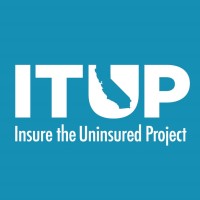
Ministry of Energy & Natural Resources
The Ministry of Energy and Natural Resources (MENR) was established upon Presidential Approval No. 4-400 dated 25.12.1963. According to Law No. 3154, the purpose of the Ministry of Energy and Natural Resources is to help define targets and policies related to energy and natural resources in a way that serves and guarantees the defense of our country, security, welfare, and strengthening of our national economy; and to ensure that energy and natural resources are researched, developed, generated and consumed in a way that is compatible with said targets and policies. The mission of MENR is stated in the Strategic Plan Year 2010-2014 as following: "It is our mission to ensure efficient, effective safe and environment-sensitive use of energy and natural resources in a way that reduces external dependency of our country, and makes the greatest contribution to our country's welfare."






